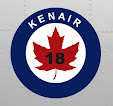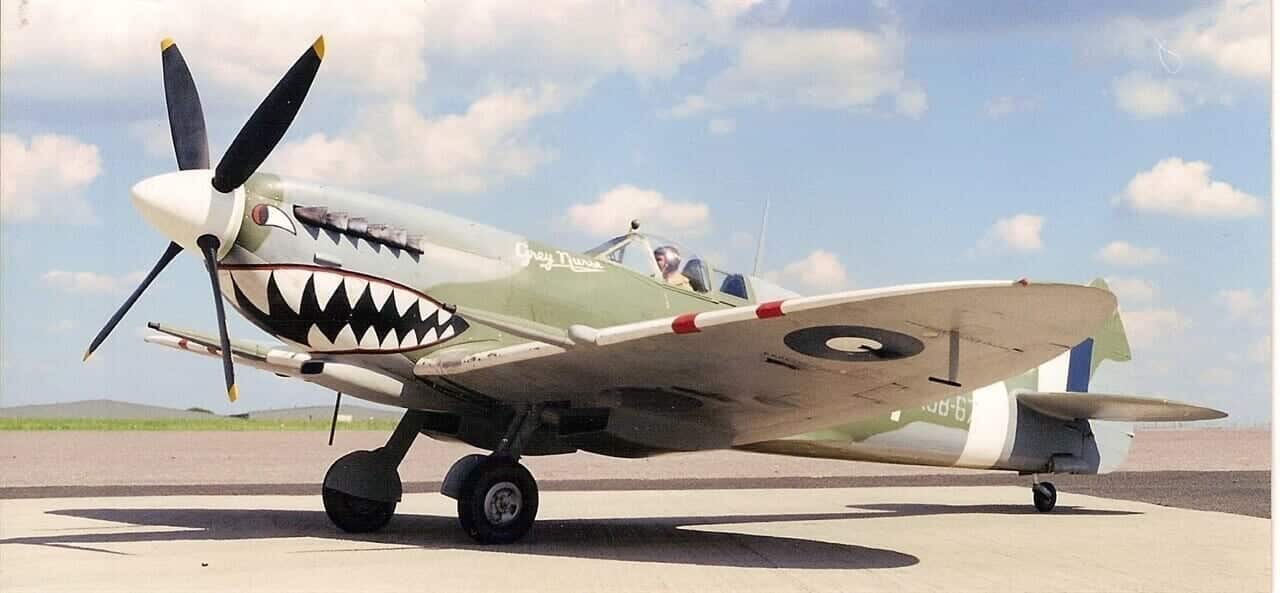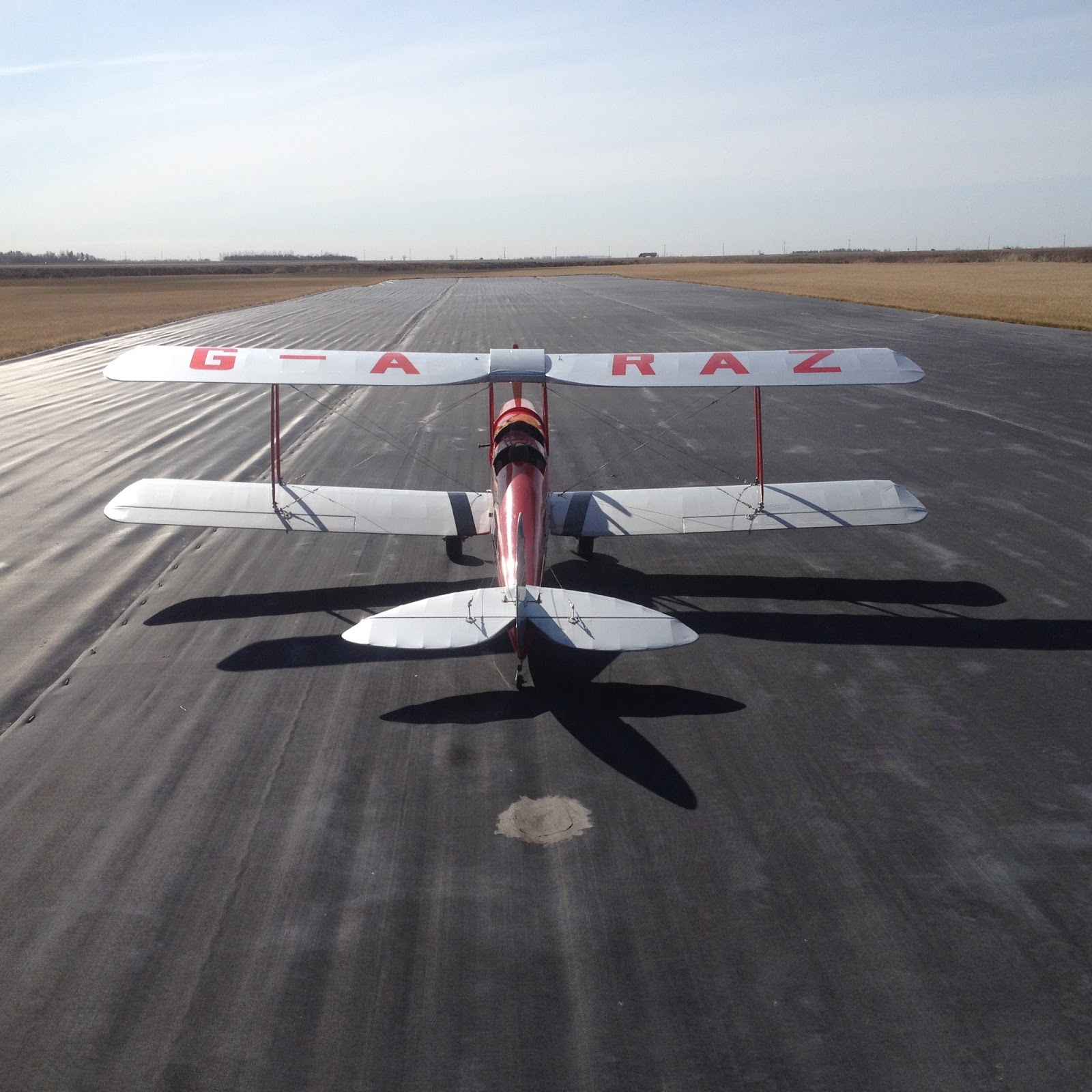One can trace the Saunders Aircraft ST-27 narrow fuselage to it's early days, the Saunders Aircraft ST-27 was a conversion of the De Havilland DH114 Heron, and thus retains the fuselage shape lineage of the DeHavilland aircraft before the ST-27.
 |
| Saunders ST-27 seating - Den Pascoe |
The DeHavilland Passenger Aircraft Lineage.
The first DeHavilland commercial passenger carrying aircraft was the DH83 Fox Moth,
The narrow fuselage Fox Moth fuselage wraps around the four cylinder De Havilland Gypsy Major in line engine.
 |
DeHavilland Gypsy Major engine
|
The De Havilland DH83 Fox Moth first flew in January 1932 and was built using as many DH82 Tiger Moth parts as possible. The Fox Moth could carry a pilot and four passengers using a DeHavilland Gypsy Major 1C engine of 145 horsepower.
 |
| DH83 Fox Moth |
 |
| DeHavilland Gypsy Major engine - front view |
The Dehavilland Fox Moth was followed by the twin engine DeHavilland DH84 Dragon, flown in December of 1932. The Gypsy Major engines were moved to the lower wing and the narrow fuselage carried on. The Dragon carried six passengers plus the pilot.
 |
| DH84 Dragon |
The DeHavilland Dragon was followed by the DeHavilland DH86 Express - designed for Quantas Airlines, first flown in 1934 with four Gypsy Six engines of 200 horsepower each. The Express carried 10 passengers plus two pilots.
 |
| DH86 Express |
Also flown in 1934 was the DeHavilland DH89 Rapide, a scale down version of the DH86 Express with twin Gypsy Six engines. The Rapide carried a pilot and eight passengers.
 |
DH89 Rapide
 |
| restored DH89 at Duxford airfield |
|
During WWII from 1939 to 1945, DeHavilland focuses on military aircraft.
In September of 1945, the DeHavilland DH104 Dove is flown, the Dove aircraft is completely metal constructed and powered by was the DeHavilland Gypsy Queen engines of 340 to 380 horsepower each and features and retractable undercarriage. The Dove and carry two pilots and eleven passengers. The last DeHavilland Dove was produced in 1968.
 |
| DeHavilland DH104 Dove |
The DeHavilland Dove was followed up by the DeHavilland DH114 Heron in May of 1950. The Heron isbasically a scaled up Dove with four Gypsy Queen 30 engines of 250 horsepower each. The Heron carried 17 passengers plus two pilots. The first Heron version Mark I, had fixed gear, followed by the Mark II that had retractable landing gear.
 |
| DH114 Heron |
 |
| DH114 Heron interior |
Then in 1968 Saunders Aircraft at Montreal begins conversion of DeHavilland DH114 aircraft by removing the four Gypsy Queen engines and installing a pair of Pratt & Whitney Canada PT-6 turboprop engines and lengthens the Heron fuselage by 8'-6" with two fuselage plugs.
The full list of DeHavilland aircraft made. DeHavilland Aircraft becasme part of the Hawker Siddley Group in 1960 and the DeHavilland corporate name ceased to be used in 1963.



































































